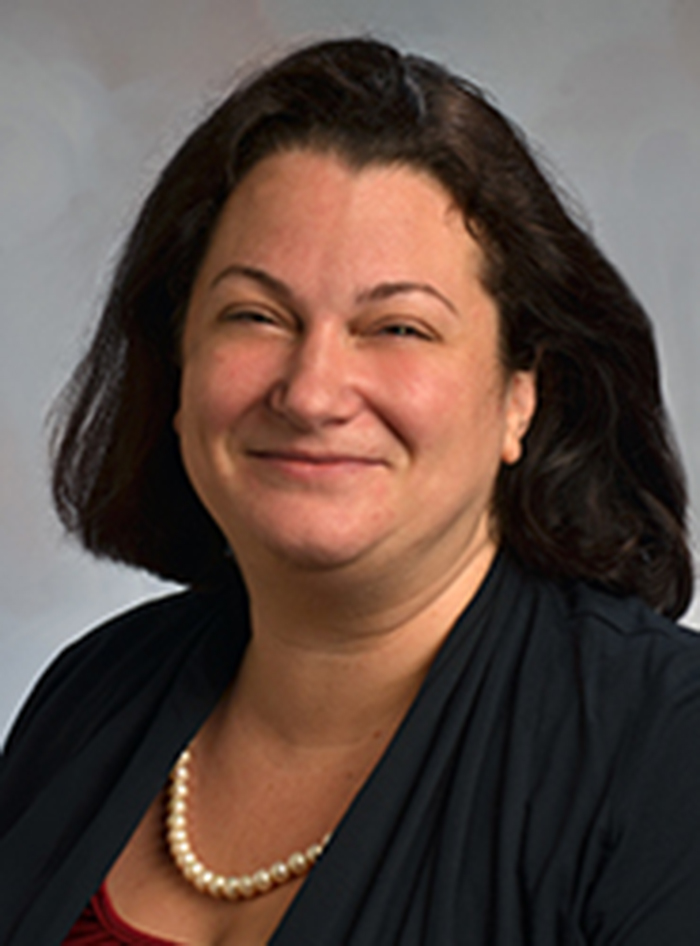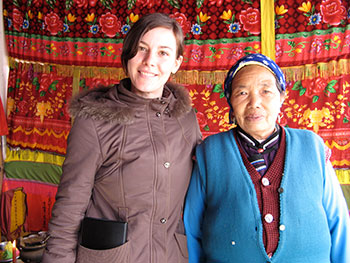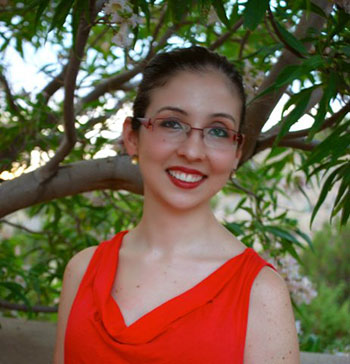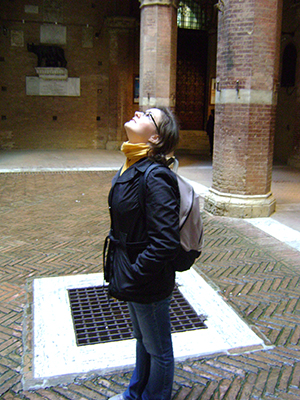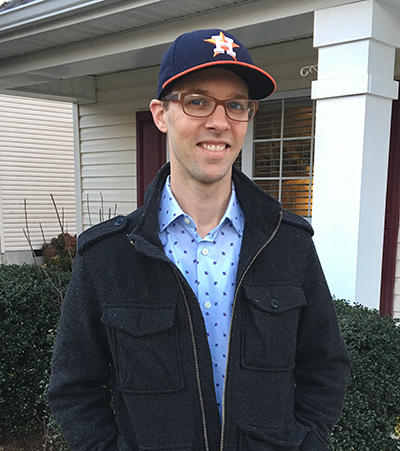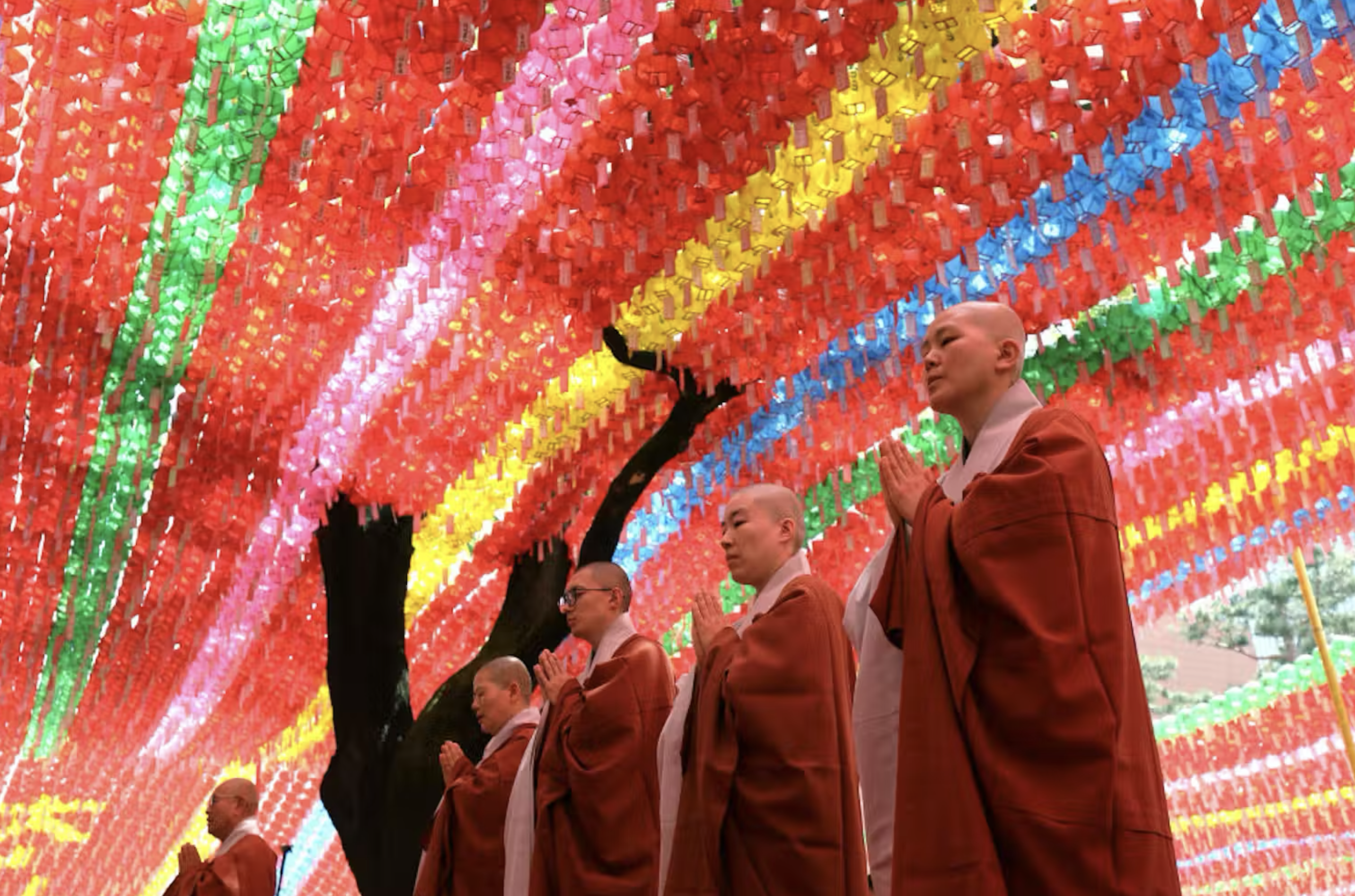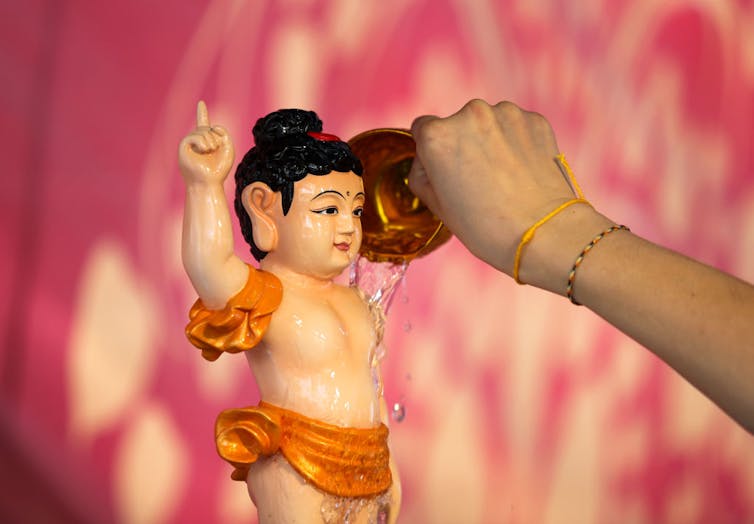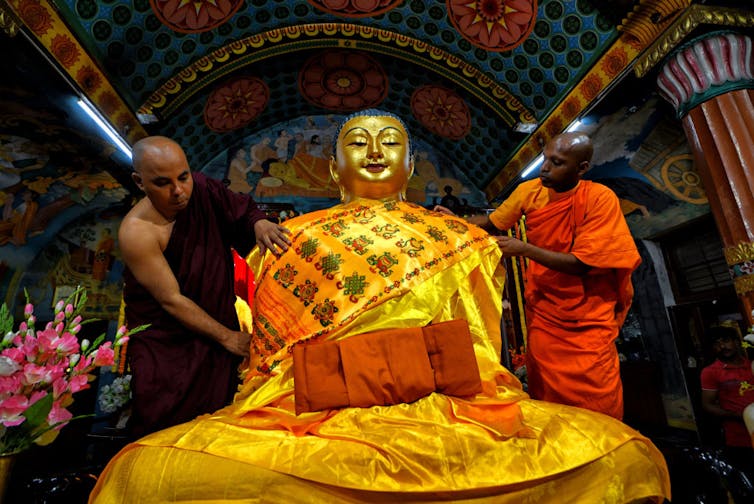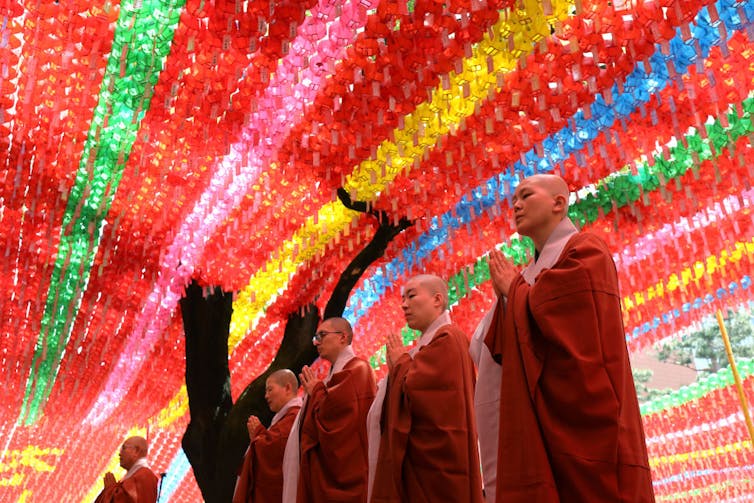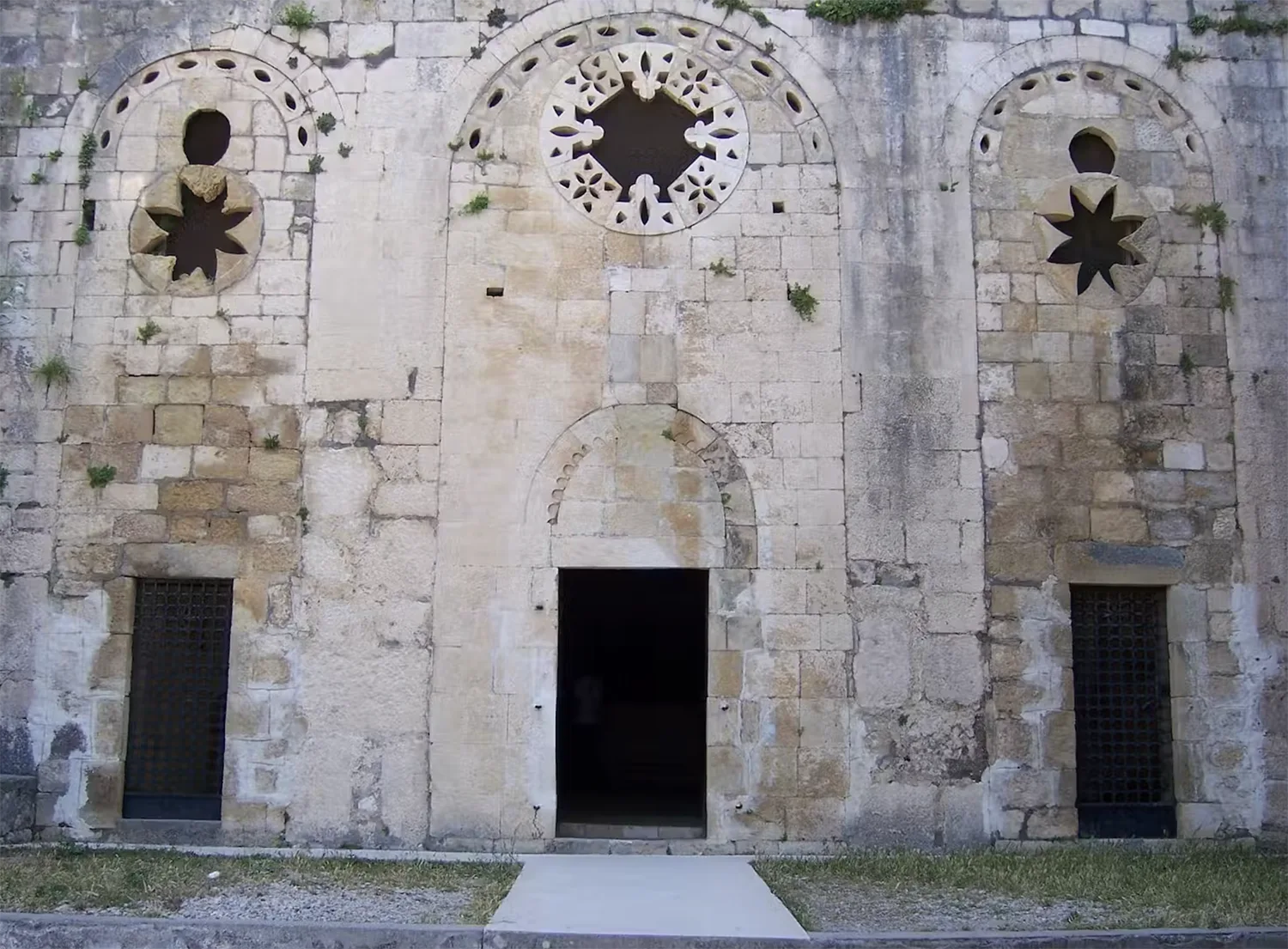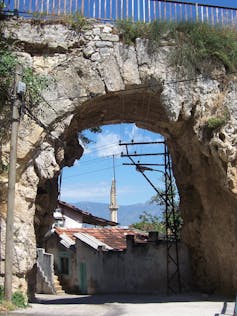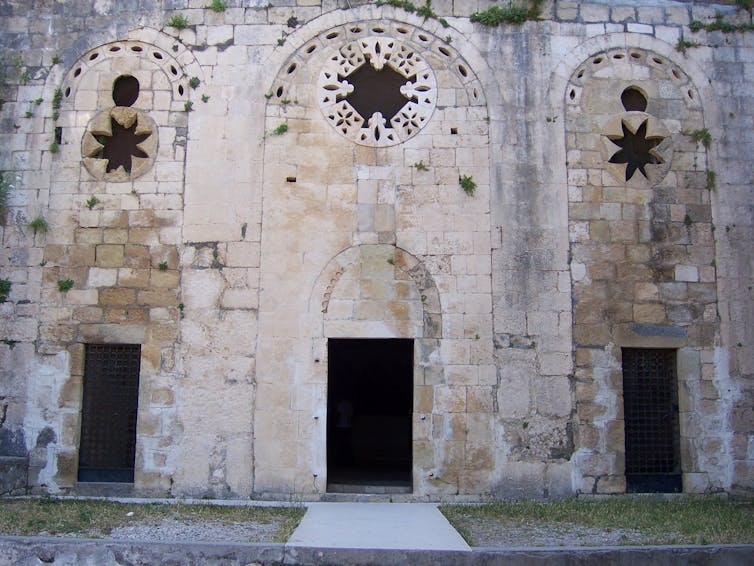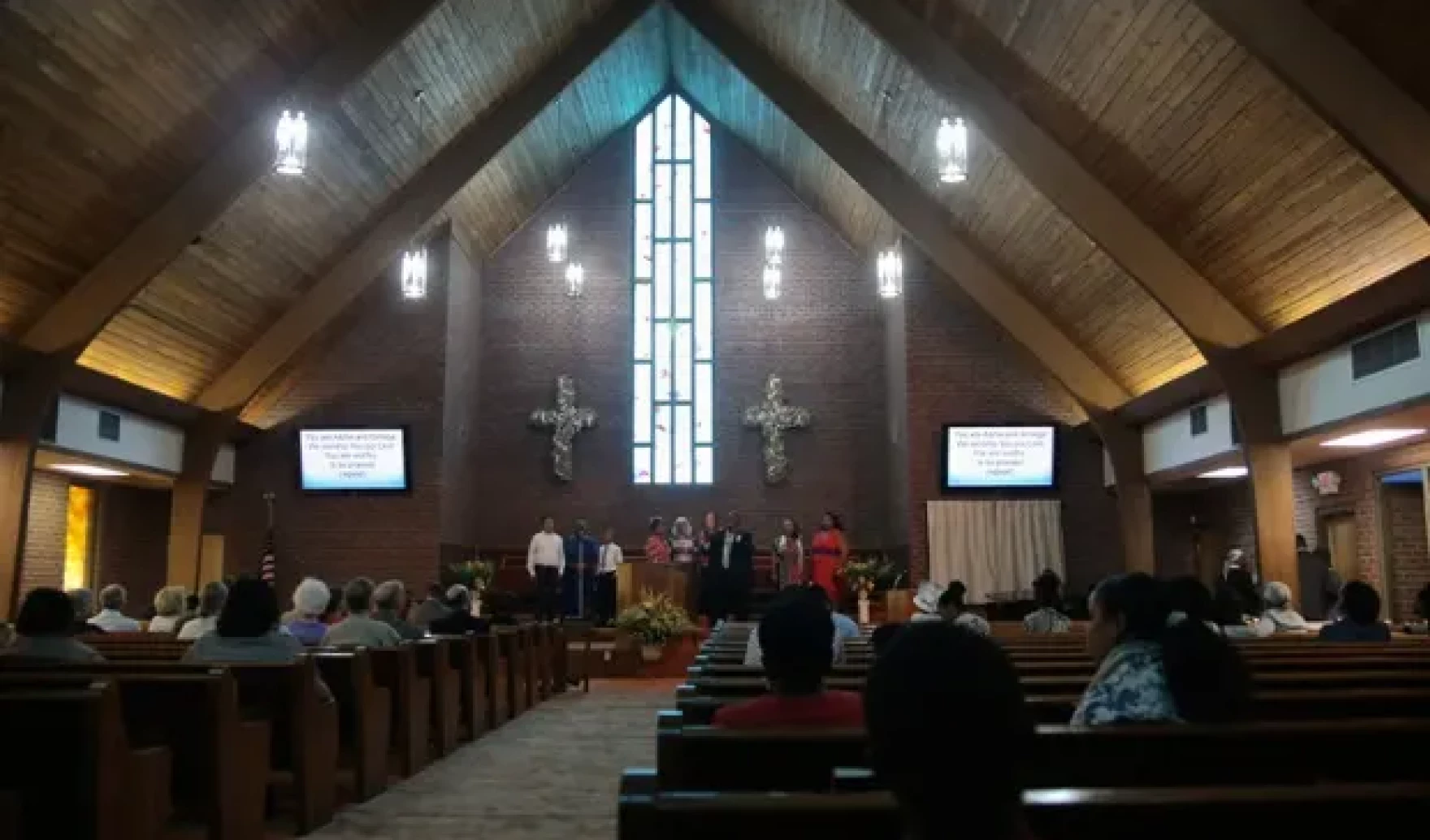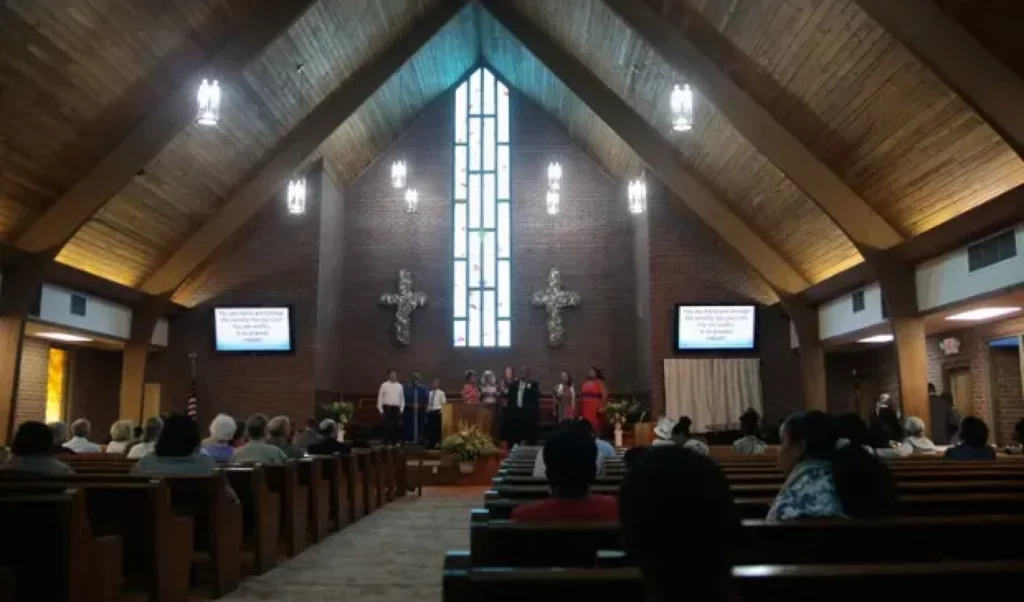Helene Sinnreich becomes new Director of Judaic Studies.
Helene Sinnreich

Dr. Sinnreich joined the Religious Studies Department in Fall of 2016 as an Associate Professor and Director of the Fern and Manfred Steinfeld Program in Judaic Studies. She is a scholar of Jewish experience during the Holocaust and European Jewry. Dr. Sinnreich serves as the editor in chief of the Journal of Jewish Identities (Johns Hopkins University Press). Dr. Sinnreich’s main research focus is on the experience of Jews in Nazi ghettos. She has a special focus on the Lodz and Krakow ghettos and recently published, A Story of Survival: The Lodz Ghetto Diary of Heinek Fogel (Yad Vashem Press, 2015).
Dr. Sinnreich comes to the University of Tennessee from having served as Director of the Center for Judaic and Holocaust Studies at Youngstown State University since 2005. She has also served as a fellow at the United States Holocaust Memorial Museum in Washington D.C. in 2007 and at Yad Vashem in Jerusalem in 2009. Dr. Sinnreich received her Ph.D. in 2004 from Brandeis University and her BA in 1997 from Smith College.
Dr. Sinnreich’s most well-known research is on sexual abuse of Jewish women during the Holocaust. This work appeared first as an article “And it was Something we Didn’t Talk About…” The Rape of Jewish Women During the Holocaust” Holocaust Studies (December, 2008). It has been recognized as some of the most important scholarship on the Holocaust in the past decade, has been featured on CNN.com (it was a front page story) and served as part of the inspiration for Gloria Steinem to start the Women under Siege Project, which investigates rape and genocide. (http://www.womenundersiegeproject.org/author/profile/gloria-steinem) Dr. Sinnreich is working on several projects at the moment. She will be presenting a paper at the upcoming Association for Slavic, East European, and Eurasian Studies meeting this fall on Hunger in the ghettos which expands on her research on human-made famine in the Lodz Ghetto and looks at hunger across all the ghettos of Nazi occupied Europe. This work will also be appearing as a book chapter in The Ghetto in Global History, 1500 to the Present eds. Wendy Z. Goldman and Joe W. Trotter (Routledge, forthcoming). Dr. Sinnreich is also beginning a new book project, Who will Live and Who Will Die?: Rosh Hashanah at Auschwitz in 1944 which examines two “selections” carried out by Joseph Mengele during the fall of 1944 at Auschwitz. It will be a continuation of her research into factors of survival during the Holocaust. In addition to her traditional scholarship, Dr. Sinnreich has produced a number of pieces of public scholarship including multiple exhibitions and serving as the consulting scholar of a number of documentary films.
